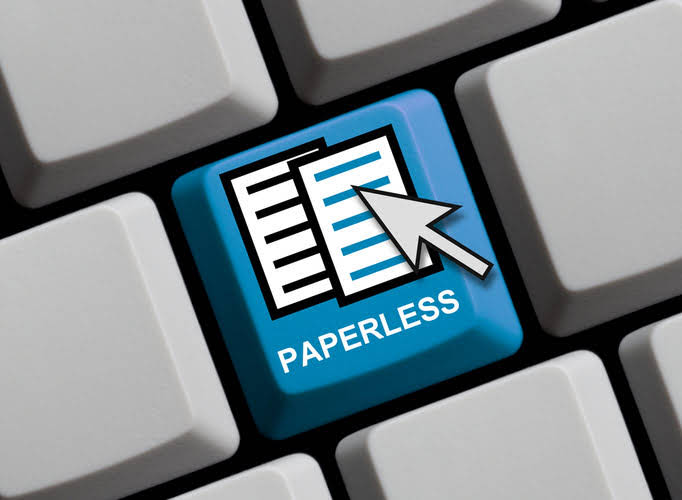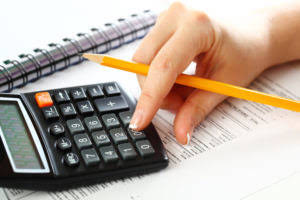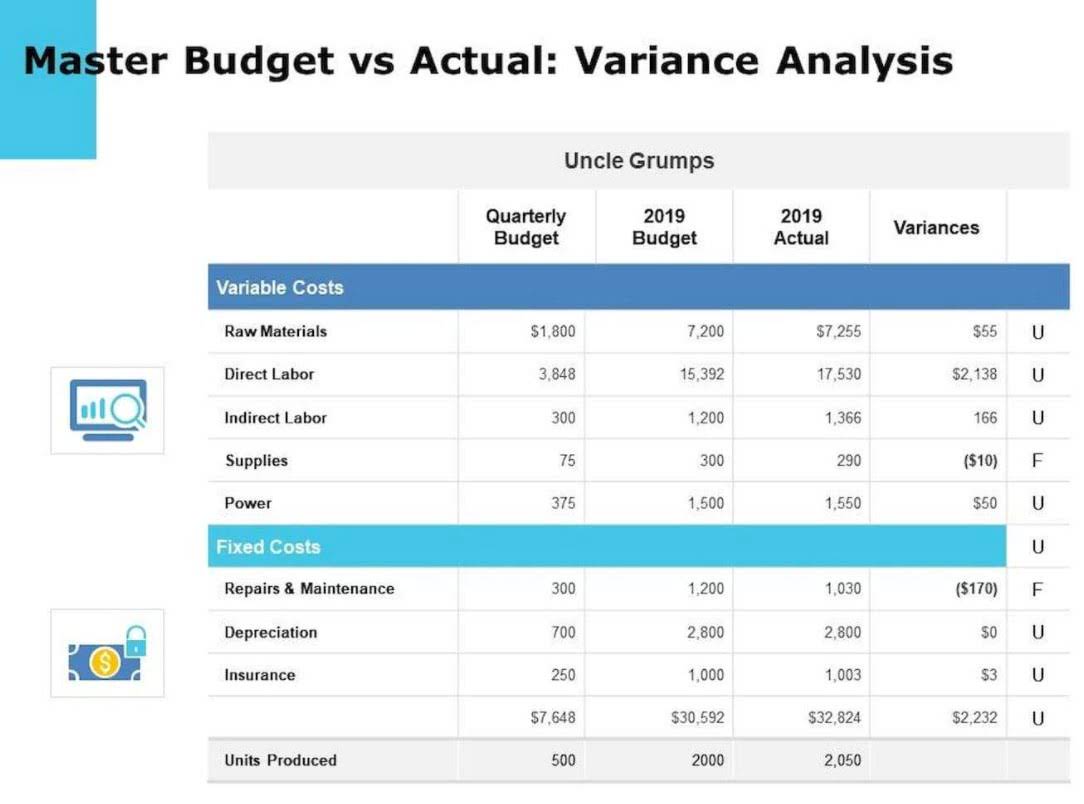
One of the main financial statements (along with the statement of comprehensive income, balance sheet, statement of cash flows, and statement of stockholders’ equity). The income statement is also referred to as the profit and loss statement, P&L, statement of income, and the statement of operations. The income statement reports the revenues, gains, expenses, losses, net income and other totals for the period of time shown in the heading of the statement. If a company’s stock is publicly traded, earnings per share must appear on the face of the income statement. The Introduction to Financial Accounting from UPenn will help you learn how to read the three most common financial statements (income statements, balance sheets, cash flow statements).
- Where bookkeeping lays the foundation, accounting builds upon it to offer a more comprehensive view of a business’s financial health.
- The book value of bonds payable is the combination of the accounts Bonds Payable and Discount on Bonds Payable or the combination of Bonds Payable and Premium on Bonds Payable.
- This is separate from legal liabilities, which consist of legal responsibilities and obligations.
- No matter how money moves between you and your clients, each transaction needs to be recorded.
- Let’s assume that on December 3 the company gets its second customer—a local company that needs to have 50 parcels delivered immediately.
- While accounting may seem like an overwhelming task, it’s necessary to the success of your business.
- Income statements focus on four key items — revenue, gains, expenses, and losses — which bookkeepers use to calculate net income.
Tools to plan, fund, & grow your business

When choosing an accounting software, look for one that can grow with your business and offer top-notch customer service when you have questions or concerns. The current ratio is a type of liquidity ratio that measures your ability Debt to Asset Ratio to pay off short-term liabilities with your current assets. Short-term (current) liabilities consist of expenses like accounts payable, salaries owed, and lease payments. Looking at your P&L statement, revenues will consist of sales of products or services, as well as other gains (i.e., interest earnings).

What financial records should sou keep?
- To open a business account, you need a business name and a registration with your state or province.
- Auditors are accountants who specialize in reviewing financial documents to see if they comply with tax laws, regulations, and other accounting standards.
- You can also set alerts when a deal closes, an invoice gets paid, or a payment is late.
- Once you know how to track and interpret your revenue, expenses, and margin, you start making decisions with more confidence.
- Your answers to the questions above will help you decide on the most sensible options for your small business.
With a clear system in place and the right tools, you can stay organised, make wise decisions, and avoid surprises at tax time. Costs vary depending on location and the services required, but many UK small businesses benefit from part-time or freelance support. Petty cash is used for small, day-to-day expenses, such as postage, snacks, or taxi fares. Bookkeepers must keep track of every petty cash movement, retain receipts, and reconcile the fund on a regular basis. A good bookkeeping system covers all financial activities within your own business.
Understand key accounting terms
They also serve as a sounding board for strategic discussions, from hiring and expansion to equipment purchases and more. They help in crafting a robust business plan, on that’s grounded in realistic financial projections and accounting for llc market conditions. This early-stage collaboration can save you from the common pitfalls that new businesses often encounter and prevent unnecessary financial waste. They provide the expertise needed to navigate the complexities of small business finance.
Sales
Additionally, the IRS may require you to use accrual accounting if your business maintains an inventory or has more than $29 million in annual revenue (for the last three years). An asset asset is something your business owns that will help you make money for a long time, like a building or equipment. An expense is a cost for something you use up quickly to run your business today, like paying rent or buying office supplies.
Understanding Key Financial Statements

For step two, you’ll need to transfer journal entries to the general ledger. For double-entry accounting, transactions are added to the T-account (general ledger account), which groups financial activities together by account. In the double-entry accounting system, each transaction is recorded twice to ensure that your credits and debits are balanced. For every transaction, the total amount debited must equal the total amount credited. For each financial transaction, your business must record a debit and a credit on two different accounts. As a small business owner, understanding and implementing the best accounting 101 practices can improve your confidence and financial health.


Once you understand all these terms, you can start creating a balance sheet and managing your business accounts. It makes much more sense to open a separate bank account for your business. When business owners think about how to do accounting for small business, they should consider this Rule unearned revenue #1. A current asset whose ending balance should report the cost of a merchandiser’s products awaiting to be sold. The inventory of a manufacturer should report the cost of its raw materials, work-in-process, and finished goods. The cost of inventory should include all costs necessary to acquire the items and to get them ready for sale.
